Images taken with today’s lenses are sharp, contrasty, fast, and have optical/digital control placed over aberrations such as vignetting, flare, and colour filtering.
As creative photographers we have a tendency to take these technically precise images and whack software filters on to them. We often return the vignetting, and lens flare, and add an all-round lo-fi look to satisfy our artistic needs. In this review I would like to show you the Lensbaby Trio 28. A unit that will offer three different looks available ‘in camera’ and ready to publish or print without the fuss of post processing filters over the images.
The Specifications
The Trio 28 is a set of three fixed 28mm f/3.5 lenses on a rotating platform (Lensbaby call this a dial). This allows all three lenses to be carried on the unit and quickly brought into line with a 120° twist of the platform/dial. The unit behind is focussed manually between 20cm and infinity with a 90° twist.
In Australia the lens comes only with front and rear lens caps and will accept 46mm filters. On the official site, www.lensbaby.com, the Trio 28 is offered in a kit with front and rear lens caps, three 46mm filters (3 stop neutral density; circular polariser; 8 point star) and a semi hard carrying case for the lens set and filters. Currently the Trio 28 is only offered in Canon EOS-M, Sony E (the website states it can be used on full frame sensors) Fuji X, and Micro Four Thirds mirrorless mounts. Those with DSLRs will need to look at other offerings by the company for similar effects. Unfortunately you will need a separate lens for each effect.
Each lens on the Trio 28 is a triplet of three glass elements of good quality. The intrinsic nature of these designs means you are not going to get ‘pin sharp’ contrasty images from any of these lenses; but that’s the whole point. You are also stuck with a single aperture of f/3.5 on all lenses and cannot play with DoF outside of manual focus stacking. I like the thin DoF and have not tried to focus stack. I would imagine that the optical output of these lenses would not work well with software that can handle this function. A relatively large fixed aperture also means that bright conditions can cause you pain. Sunny days may cause issues with shutter speeds over the maximum that your camera may have available to it. Winding down your ISO and/or using a neutral density filter should combat the problem.
The lens unit is approximately 70mm (2.75”) in diameter and will cause problems with smaller cameras on tripods. The unit sits about 7mm below the bottom of my Panasonic GF8 and I need to use washers to be able to mount it on a tripod.
Lensbaby is best known for its lenses with tilt functions, but the Trio 28 does not have this functionality and will not allow you to move any of the lenses away from a parallel position to the sensor plane. So you will not be able to move the sweet spot of focus away from the centre of the image without cropping after shooting.
Suitability for Toy Photography
I am sure that the Lensbaby company did not have toy photographers in the forefront of their minds when designing the Trio 28. However, with my testing, I have found it is quite handy to snap even the smallest toys with a short extension tube. The 56mm equivalent focal length on the MFT mount, along with the 20cm (8”) minimum focus distance works quite well, even for Lego Minifigures, without an extension tube, provided you are looking for a bit of space around them. I had no issue with 6” figures and I feel that even the APS-C crop factors of 1.5x and 1.6x would still be fine. It will have roughly the same perspective as your standard lens. Full frame users may find the unit less flexible with a wide angle Field of View of around 65°.
The Lenses
Lensbaby have given the three lenses distinct names that are not that obvious unless you know how they work. I’ll describe each to the best of my ability:
Velvet
This lens gives an overall soft focus effect with even falloff towards the edges. It was originally designed for portraiture and can work with teddy bears and other cute subjects. It can also be used for a dream-like, or other-worldly feel.
Sweet
The Sweet triplet has a centre section of best quality with quite harsh falloff towards the edges. This can be used for a surreal look, or heightened background disassociation. If your sensor is not parallel to the subject, then some interesting anomalies will occur with slight changes in focus.
Twist
This is my personal favourite, with a sharpish centre section and wonderful elongated edge bokeh that can be best described as ‘swirly’. I have found this the most aesthetically pleasing, perhaps due to my photographic style and subjects. It seems to work best for fantasy and science fiction scenes.
Between Lenses
Because the lenses are mounted on a rotating platform/dial it means you can stop halfway between lenses and this gives a very interesting double exposure in one shot. This is ‘hit and miss’ and you will need to play with the differences to see how the effects change. High contrast images are well suited to this effect, but low contrast images also work well to give a ghostly feel to the image.
The Summary
I do not see the Trio 28 ever being a ‘go to’ lens despite the focal length. The effects would be best used infrequently and for subjects or scenes that would benefit from surreal or odd treatments. I have used the unit effectively, with all three lenses, for general photography as well as toy photography, both indoors and outdoors. For the price (the kit sells for US$299 on the Lensbaby site) you get three very effective and versatile lenses, for less than what you may pay for a single lens. I am very happy with my purchase and can recommend it to anyone who is looking to keep effects ‘in camera’ as much as possible.
Note: I bought the Lensbaby Trio 28 from an Australian retailer and have no affiliation with Lensbaby or its partners.
Star background, LH 95 stellar nursery in the Large Magellanic Cloud, for the comparison images sourced from https://en.wikipedia.org/wiki/File:LH_95.jpg (credit NASA, ESA, STScI)


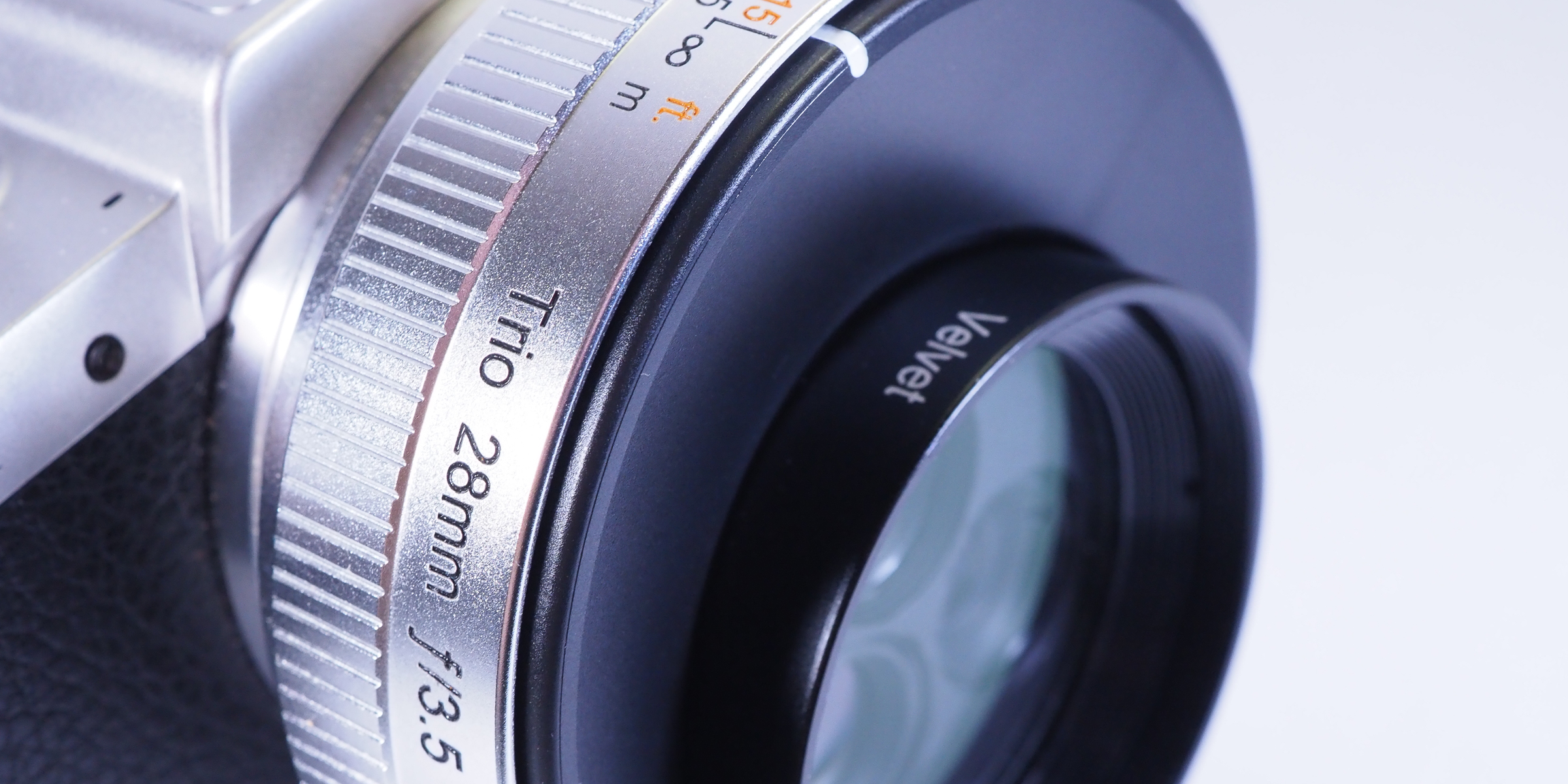
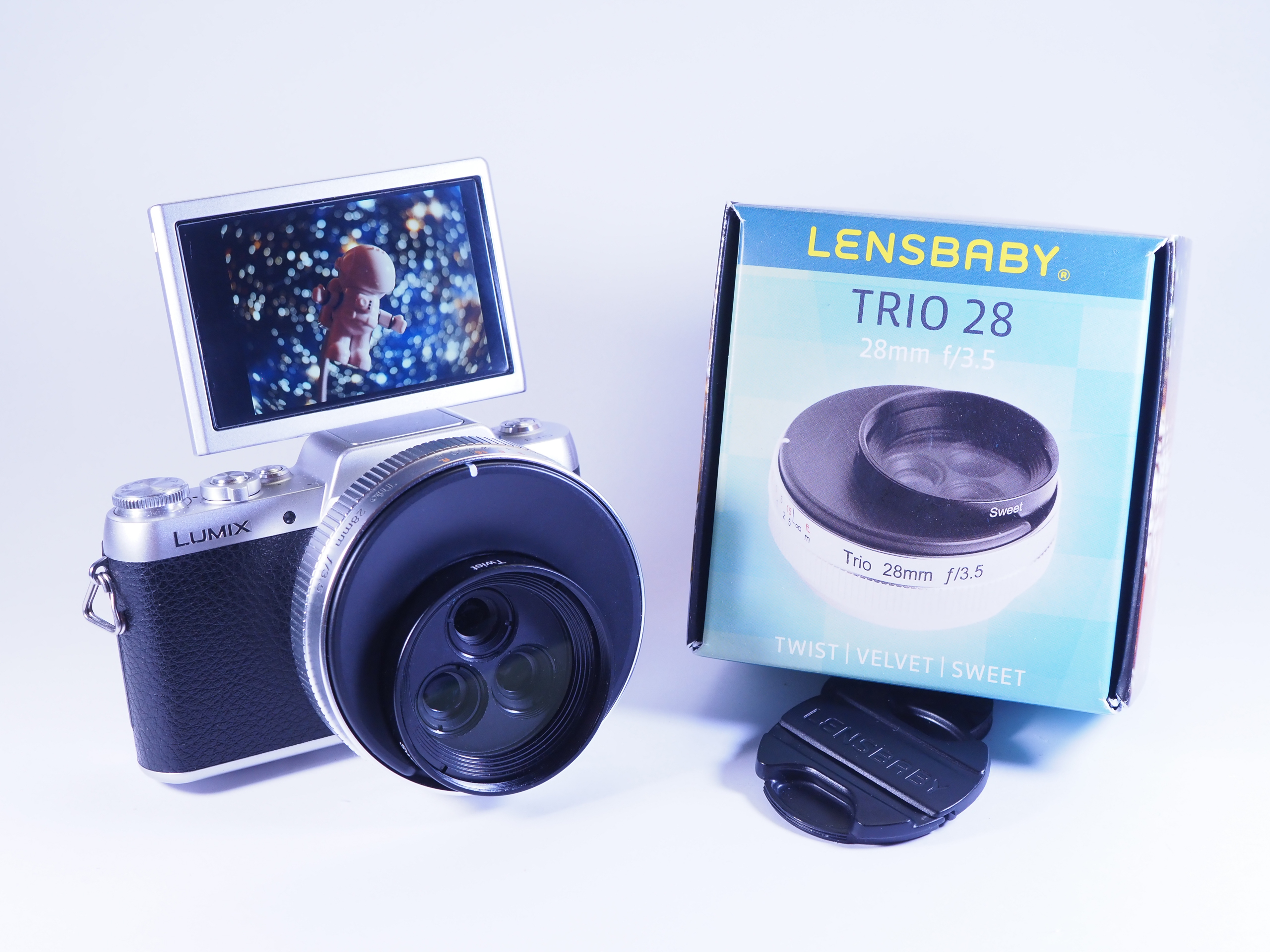
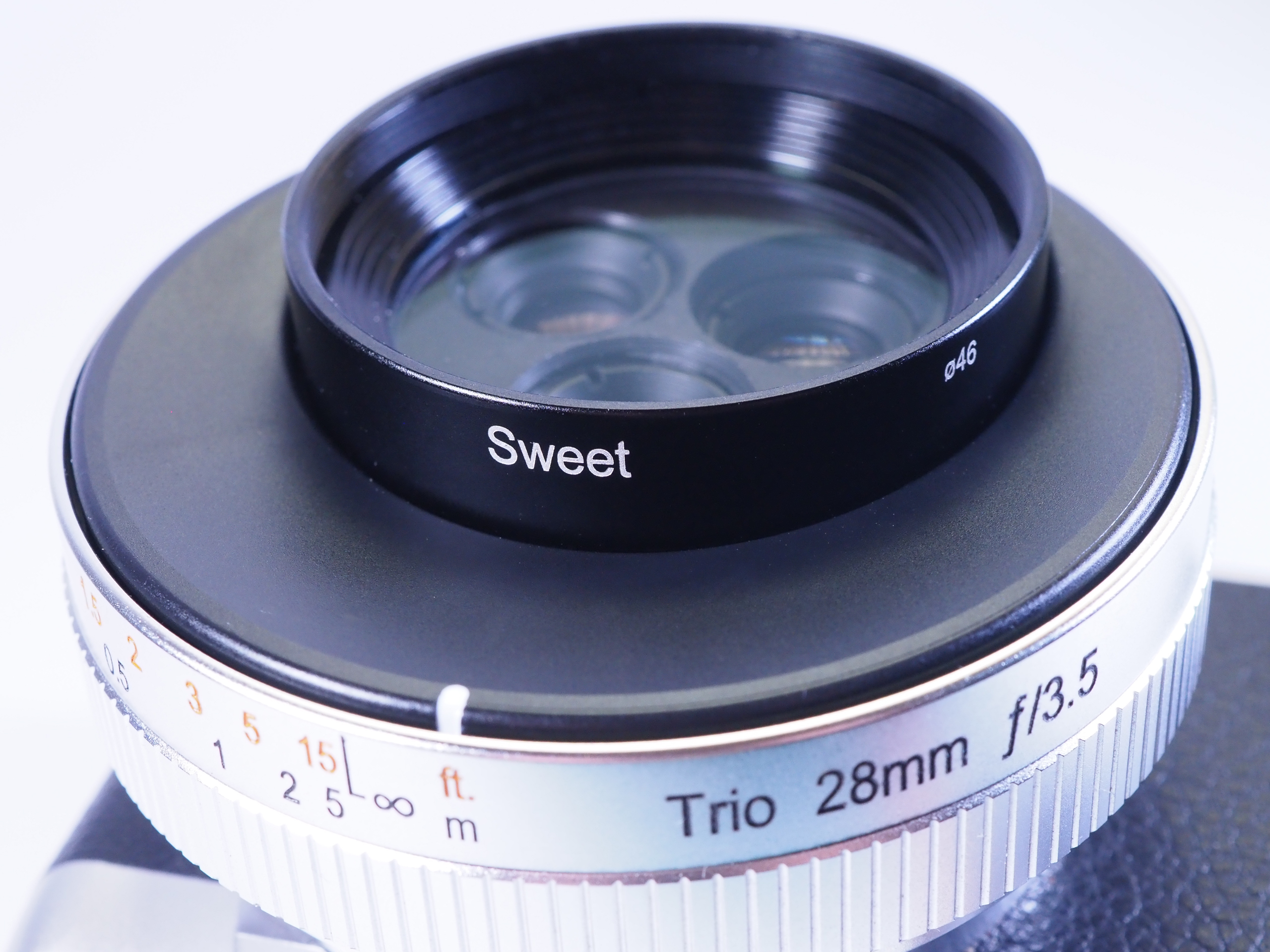
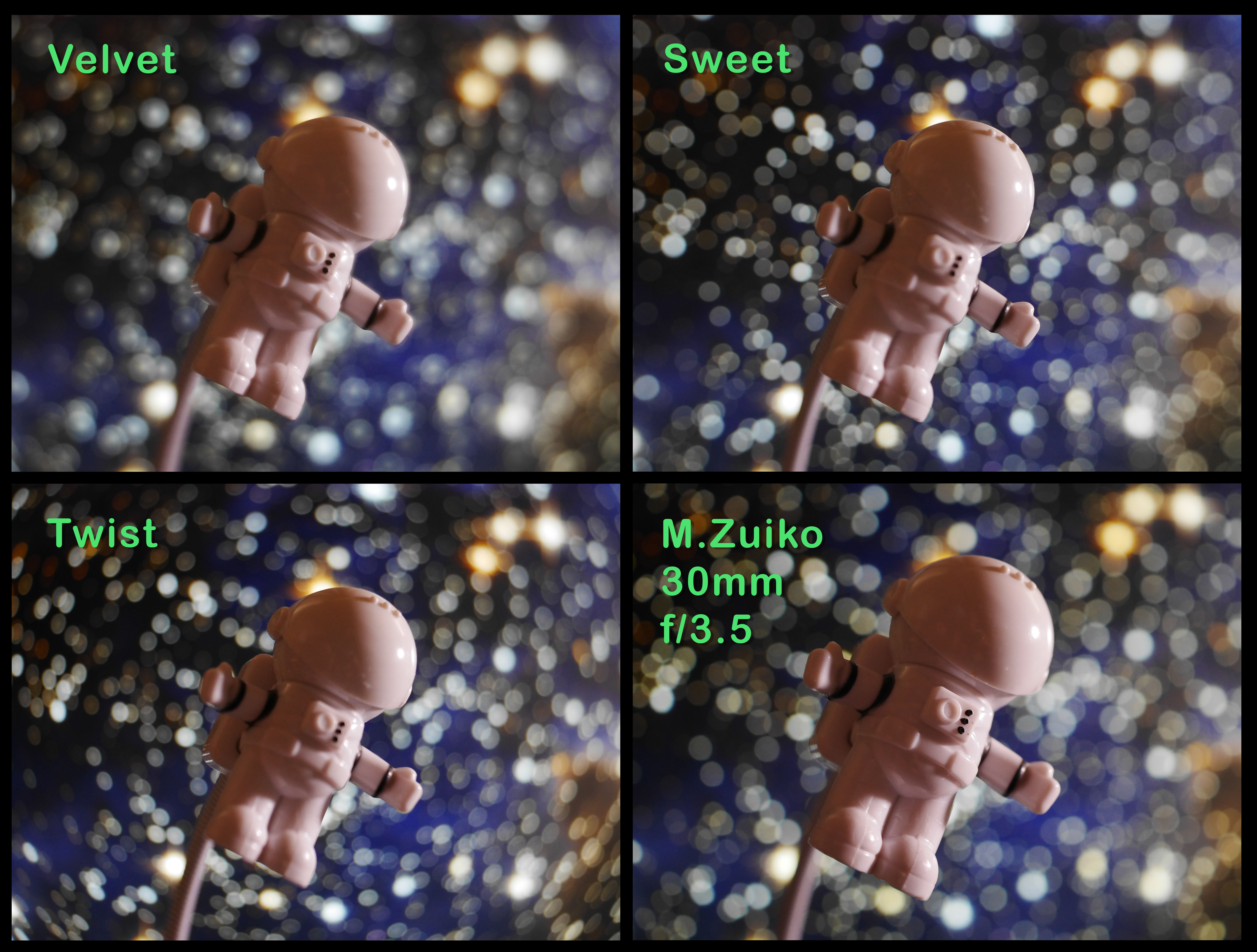
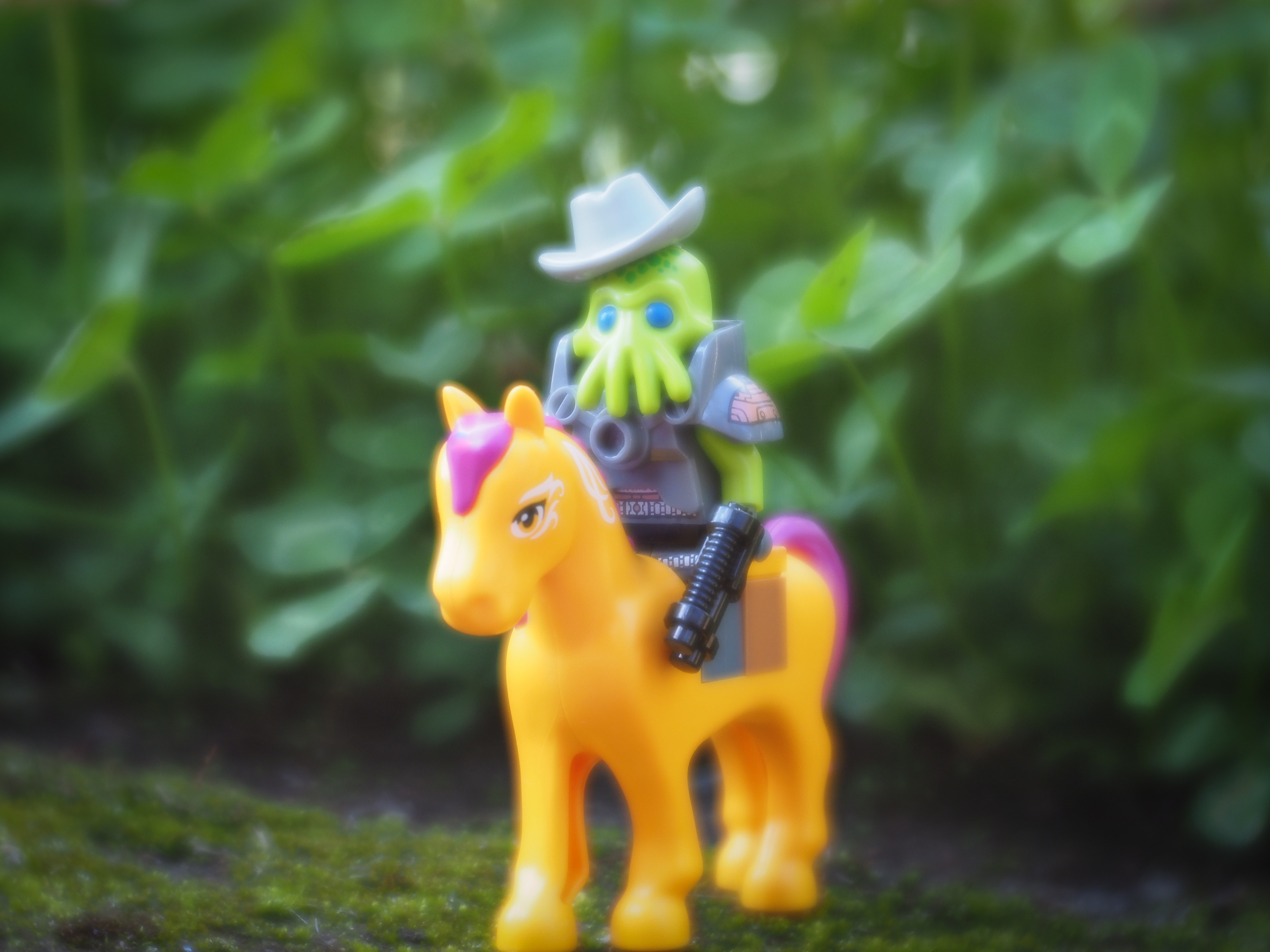
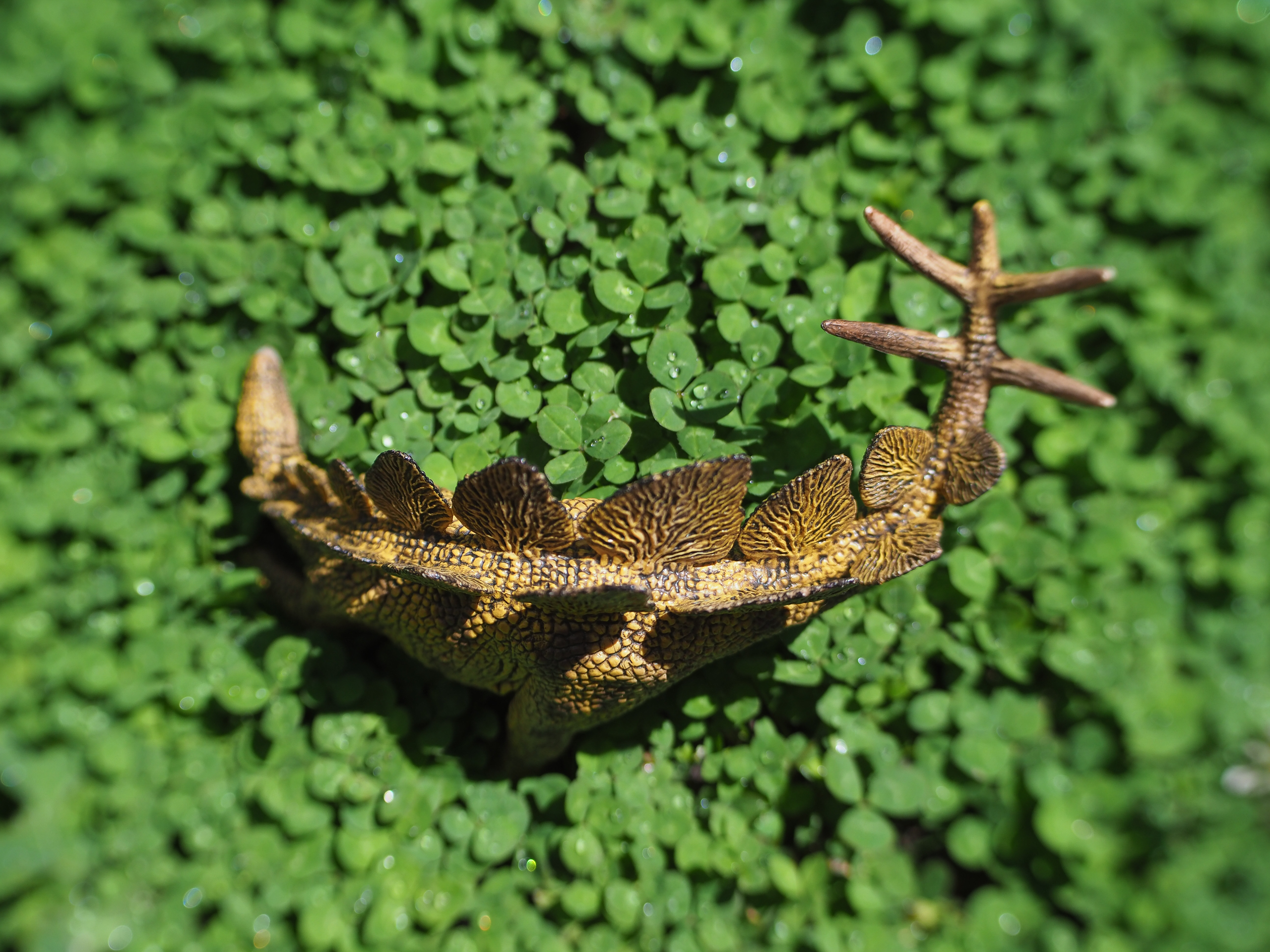
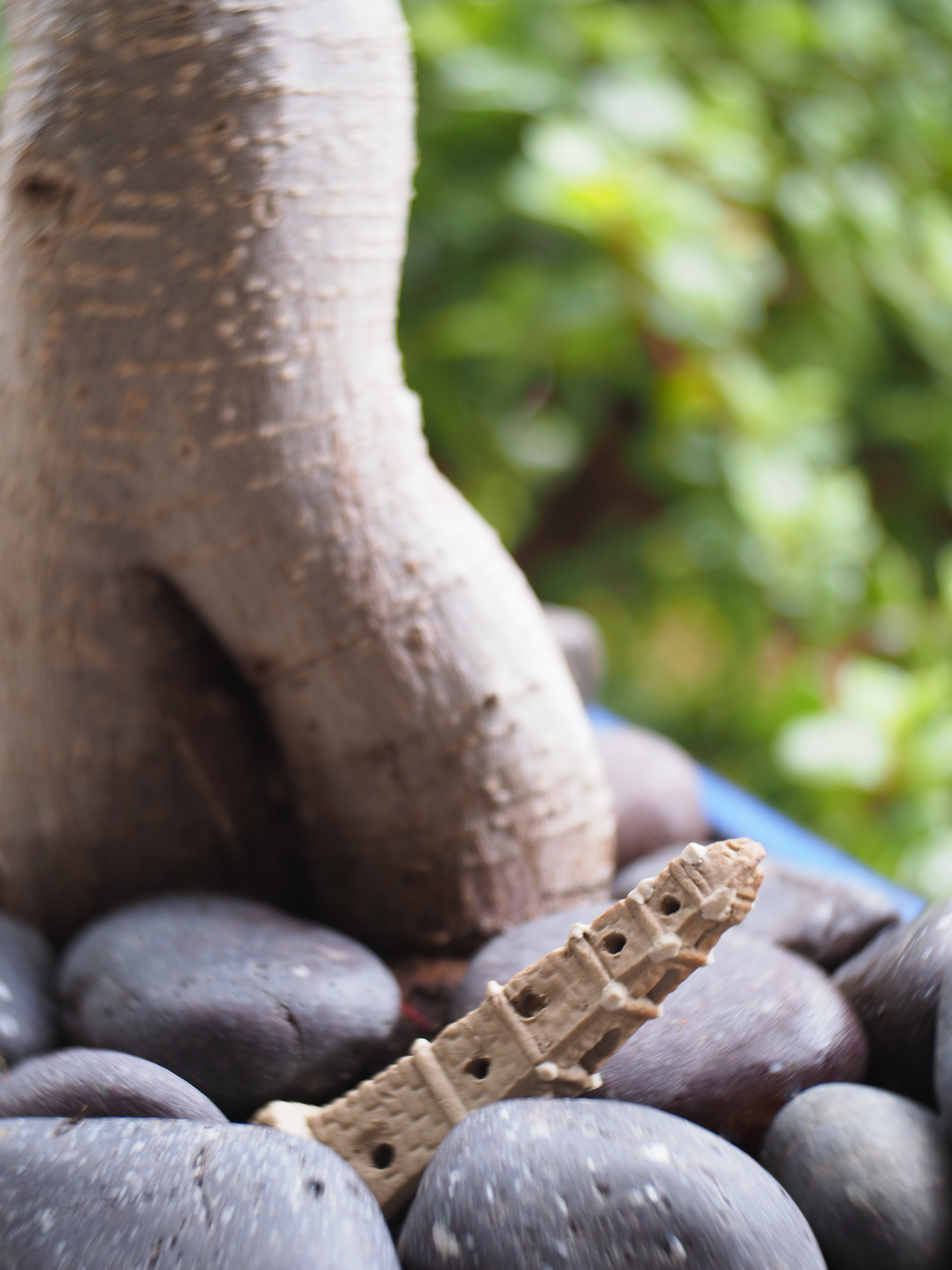
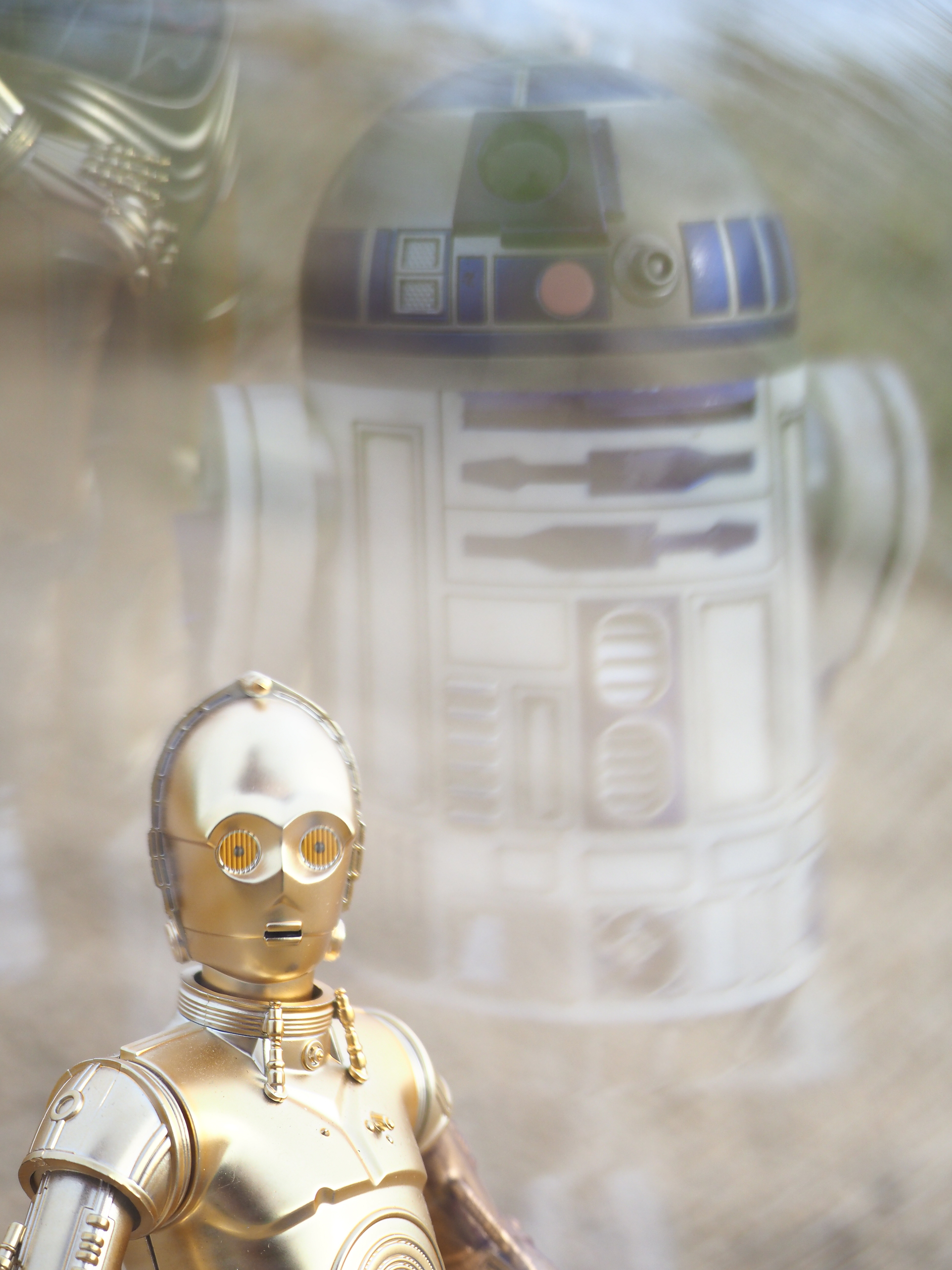

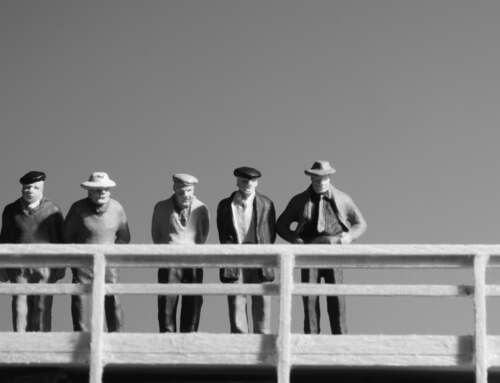

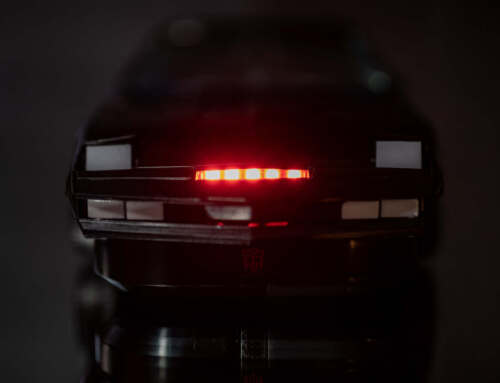
Hi Tony. Great review and illustrative pics! Have you played around with the individual Lensbaby lenses? It sounds like the trio might be a cost effective and space efficient way to enjoy the dominant bonuses they offer, or do you think the individual ones are much better? Curious for your sage counsel. Thanks Tony and Happy New Year to you
Thanks Doug. On top of the Trio 28 I have owned the original Lensbaby, and have had the Sol 22 for a fortnight now (thanks Santa) but I cannot speak for the other lenses as I have not used them. So, in answer to your question: I’m not sure. If you have a big budget and a full frame camera, then the Composer II Pro with changeable optics is a attractive option. On the other end of the scale, the Spark is a great entry level offer to get you into the world of fuzziness.
The The Trio 28 is a great lens to add to your collection for general photography and can be very effective for some toy photography. Both the Trio 28 and Sol 22 will give you great dreamy shots with a centered sweet spot. If you want to move the sweet spot around the frame then the Trio 28 will not be able to help you. I have just noticed the Lensbaby Trio 28 Filter Kit is currently US$50 off at $249. That makes it very attractive.
If you can wait there will be a review on the Sol 22 published here soon (probably early February). The Sol 22 is a MFT only lens, but there is a Sol 45 that can be used for other mirrorless cameras and DSLRs.
Fantastically helpful. Thanks so very much Tony! PS: I have a Canon 80D which I love. It’s somewhat new to me and I’m enjoying figuring out how to use it.
You are most welcome Doug. The more we share the more we all learn. The current threads on toy photographers.com MeWe chat are showing that gear is a popular subject for many in the community. Have fun getting to grips with yours.
Great review and images Tony. I can certainly see the appeal of this lens with the various in camera glass effects and experiments with the half rotations. The C3PO R2D2 shot has such strong artistic flavour to it.
Personally, I’m leaning more towards the Sol45 for my Canon as I’m drawn to the moving sweet spot feature. In camera motion blur is something I would really love playing around with as I just can’t get it looking realistic enough in post-production.
Looking forward to reading that Sol22 review!
Thanks Janan. I feel the Trio and Sol lenses have different niches is toy photography if you can justify the two; however, if I was only to buy one it would be the Sol. The Sol 22 review is due to be published sometime in February.